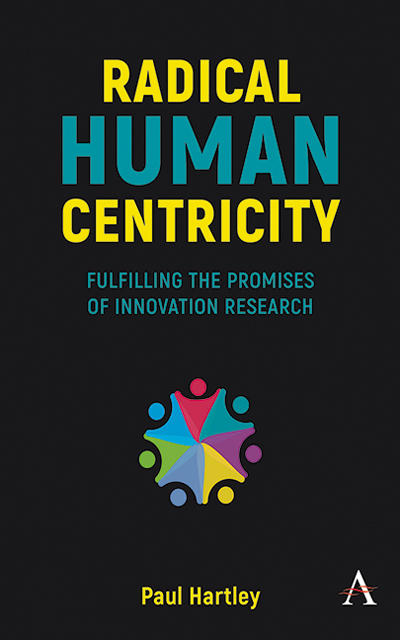5 - The World As It Is
Published online by Cambridge University Press: 22 November 2022
Summary
Making the commitment to work in a radically human-centric manner is brave. It involves taking a step away from what does not work very well, towards something that is difficult but more rewarding. While this involves doing away with many of the moribund, out-of-date practices still used in the world of commercial applied research, doing so leaves a large hole in a conventional research practice. These older ways of working have been so entrenched, that they leave a big hole when they are gone. But once this is accomplished what do you do now that you cannot rely on easy methods like personas, gamified synthesis, focus group settings, and quick, tactical customer/user engagements? You fill the void with detail, stories, experiences, and careful, methodical analysis. To do this, you must learn to meet the world and your respondents on their own terms and study their thoughts, behaviors, and contexts without resorting to the kind of abstraction, reductionism, and simplicity of the older format. This means instead of adapting market research or design research tools to fit circumstances they are not suited for; it is better to approach researching people in innovation contexts armed with the new tools a radical human-centric approach provides. These come from anthropology, foresight, and new forms of design research methods like transition design and design anthropology. All of these are intended to study, analyze, and make sense of the world as it is, not the simplified version we might want it to be.
This will not be an easy task. Once you leave behind the ideologies and methods of market research you are immediately confronted with how complicated researching real life can be. People are not easy to understand, rational, decision makers who have “needs,” market research makes them out to be. A radically human-centric researcher is confronted with a messy, multiplicitious world filled with people who inhabit many social roles simultaneously, lie, and act in ways that are not clear to themselves. It is not possible to find a generative grammar of behavior, this was tried in the 1950s and 1960s and the project did not go very well. You cannot control the situation to focus on mythical phenomena like the “naïve response” or simply collect observations to identify an “unmet need.”
- Type
- Chapter
- Information
- Radical Human CentricityFulfilling the Promises of Innovation Research, pp. 117 - 138Publisher: Anthem PressPrint publication year: 2022

